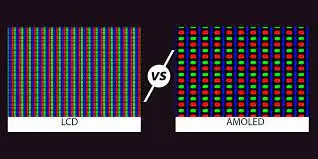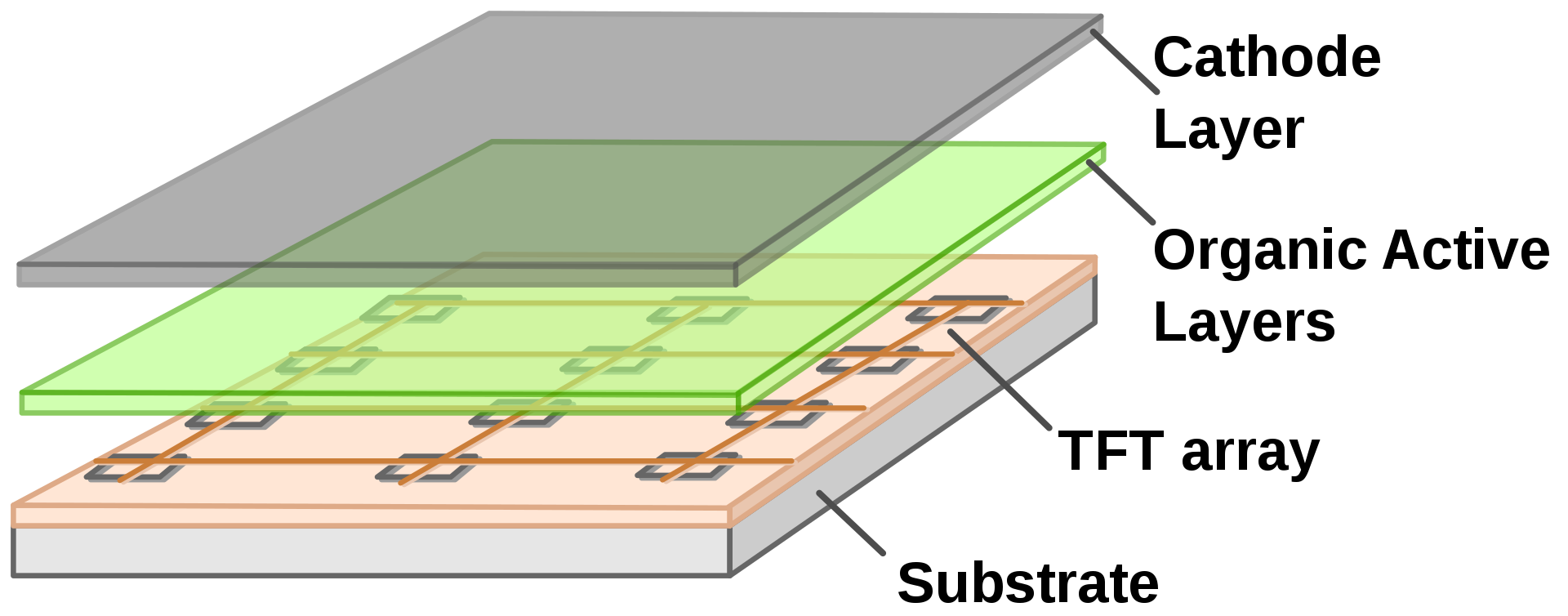If you are looking for a new smartphone, tablet, or smartwatch, you might have come across the term AMOLED display. But what does it mean and how does it affect your device’s performance and appearance?
What is AMOLED Display?
AMOLED stands for Active Matrix Organic Light Emitting Diode. It is a type of OLED display technology that uses organic materials to emit light when an electric current passes through them. OLED displays are different from LCD displays, which use liquid crystals and a backlight to create images.
AMOLED displays consist of two main components: a thin-film transistor (TFT) layer and an organic light-emitting diode (OLED) layer. The TFT layer acts as a switch that controls the current flow to each pixel. The OLED layer contains millions of tiny light-emitting diodes that produce red, green, and blue colors. Each pixel can be individually turned on or off, depending on the image signal received from the TFT layer.
Some examples of devices that use AMOLED technology are Samsung Galaxy S21, OnePlus 9 Pro, Apple Watch Series 6, Huawei Mate 40 Pro and Zero Phantom Gear.

What are the advantages of AMOLED Display?
AMOLED have several benefits over LCD displays, such as:
- Faster refresh rate: AMOLED displays can refresh the screen faster than LCD displays, which means smoother animations and transitions. This is especially important for gaming and video streaming.
- Better viewing angles: AMOLED displays can maintain the color accuracy and brightness of the screen even when viewed from different angles. LCD displays tend to lose contrast and color saturation when viewed from the sides or above.
- Higher contrast ratio: AMOLED displays can achieve a higher contrast ratio than LCD displays, which means deeper blacks and brighter whites. This is because AMOLED displays can turn off individual pixels completely when displaying black, while LCD displays still need to use some backlighting even when displaying black. A higher contrast ratio enhances the image quality and readability of the screen.
- Lower power consumption: AMOLED displays can consume less power than LCD displays, especially when displaying dark or black images. This is because AMOLED displays only need to light up the pixels that are needed, while LCD displays need to light up the entire screen regardless of the image content. A lower power consumption can extend the battery life of your device.
- Thinner design: AMOLED displays can be thinner than LCD displays, because they do not need a separate backlight layer. A thinner design can make your device more sleek and lightweight.
What are the disadvantages of AMOLED display?
AMOLED also have some drawbacks compared to LCD displays, such as:
- Higher cost: AMOLED are more expensive to produce than LCD displays, because they require more complex manufacturing processes and materials. This can increase the price of your device or reduce its profit margin.
- Shorter lifespan: AMOLED displays have a shorter lifespan than LCD displays, because they degrade over time due to the organic nature of their materials. The blue OLEDs tend to degrade faster than the red and green OLEDs, which can cause color imbalance and loss of brightness over time. The lifespan of an AMOLED display depends on various factors such as usage patterns, temperature, humidity, and quality control.
- Susceptibility to burn-in: AMOLED displays are susceptible to burn-in, which is a permanent discoloration or ghosting of an image on the screen due to prolonged exposure to static or repetitive content. For example, if you leave your device on a certain app or menu for a long time, you might see a faint outline or shadow of that app or menu on your screen even when you switch to another app or menu. Burn-in can be prevented or reduced by using dark mode, changing your wallpaper frequently, avoiding high brightness settings, and turning off your screen when not in use.
- Lower brightness: AMOLED displays have a lower maximum brightness than LCD displays, because they rely on the OLEDs to produce light rather than a backlight. This can affect the visibility of the screen in bright or sunny environments. However, some AMOLED displays have adaptive brightness features that can adjust the screen brightness according to the ambient light conditions.
Conclusion
AMOLED display is a type of OLED display technology that offers faster refresh rate, better viewing angles, higher contrast ratio, lower power consumption, and thinner design than LCD display technology. However, it also has some disadvantages such as higher cost, shorter lifespan, susceptibility to burn-in, and lower brightness than LCD display technology. Therefore, choosing the best display technology for your device depends on your personal preferences and needs.










